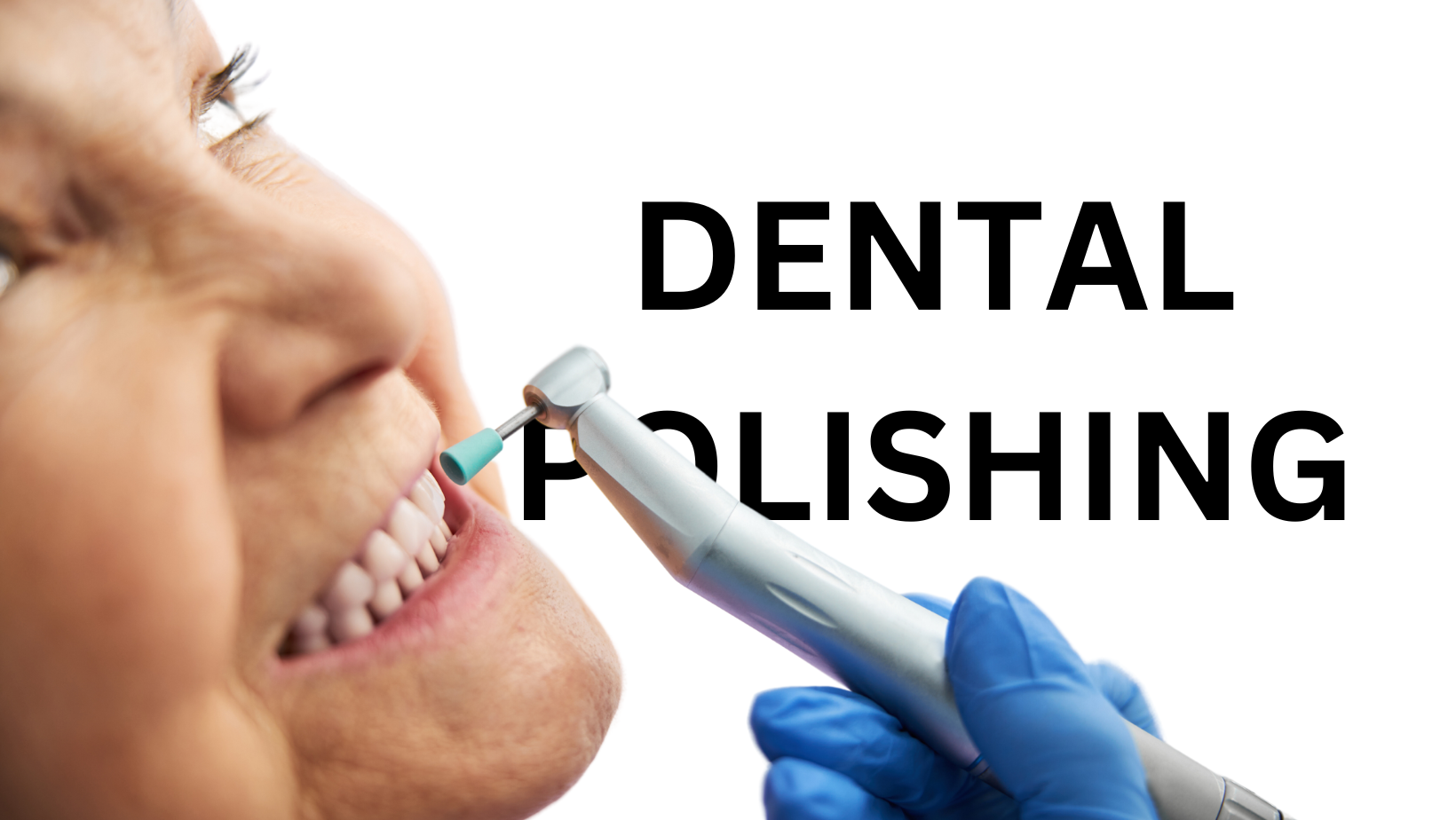
Sparkling Smiles All Around With Dental Polishing
Dental polishing is a vital part of professional dental cleaning that leaves your teeth smooth, shiny, and free from stubborn stains and plaque. This procedure, typically performed by a dental hygienist or dentist, involves several steps to ensure a thorough and effective cleaning. Let’s dive into the step-by-step procedure of dental polishing.
Step 1: Evaluation and Preparation
Before starting the dental polishing procedure, the dental professional will evaluate your oral health. They will assess the condition of your teeth and gums, checking for any signs of gum disease or tooth decay. Once the evaluation is complete, they will prepare the necessary instruments and equipment for the polishing process.
Step 2: Scaling and Root Planing
In some cases, dental polishing is preceded by a process called scaling and root planing. This involves the removal of plaque, tartar, and bacteria from the surfaces of the teeth and along the gumline. Scaling is performed using specialized instruments, such as scalers or ultrasonic devices, to gently scrape away these deposits.
Step 3: Polishing
The dental professional will then begin the polishing process using a handheld dental instrument called a polisher. The polisher is fitted with a small, soft rubber cup or a prophy brush at its tip. The cup or brush is coated with a special polishing paste that contains gentle abrasives.
Step 4: Polishing Paste Application
Next, the dental professional will apply the polishing paste to the cup or brush of the polisher. The polishing paste typically comes in various flavors and may contain fluoride to strengthen the teeth and prevent cavities.
Step 5: Polishing the Teeth
Using the polisher with the polishing paste, the dental professional will gently and methodically polish each tooth. They will move the polisher in a circular motion, targeting all surfaces of the teeth, including the front, back, and chewing surfaces. This process helps remove surface stains, plaque, and any remaining debris, leaving the teeth smooth and shiny.
Step 6: Rinsing and Evaluation
After the polishing is complete, the dental professional will rinse your mouth thoroughly to remove any residual polishing paste or debris. They will use water or a suction device to ensure your mouth is clean and comfortable. Once rinsing is complete, they will conduct a final evaluation to ensure that the teeth have been adequately polished and that no areas have been missed.
Step 7: Fluoride Treatment
In some cases, a fluoride treatment may follow the dental polishing procedure. Fluoride is applied to the teeth to strengthen the enamel, remineralize the teeth, and provide additional protection against cavities.
In conclusion, dental polishing is a multi-step procedure that involves scaling, polishing, and evaluating the teeth to achieve a sparkling smile. By removing plaque, stains, and surface imperfections, dental polishing enhances oral health, promotes a clean and attractive appearance, and leaves you with a fresh and rejuvenated smile. Regular dental cleanings and polishing sessions are crucial for maintaining optimal oral hygiene and should be scheduled at recommended intervals to ensure long-term dental health.
Clients are encouraged to contact Glojas directly for a free initial consultation. Our experienced consultants will gladly provide assistance and advice on how to approach your specific challenge.